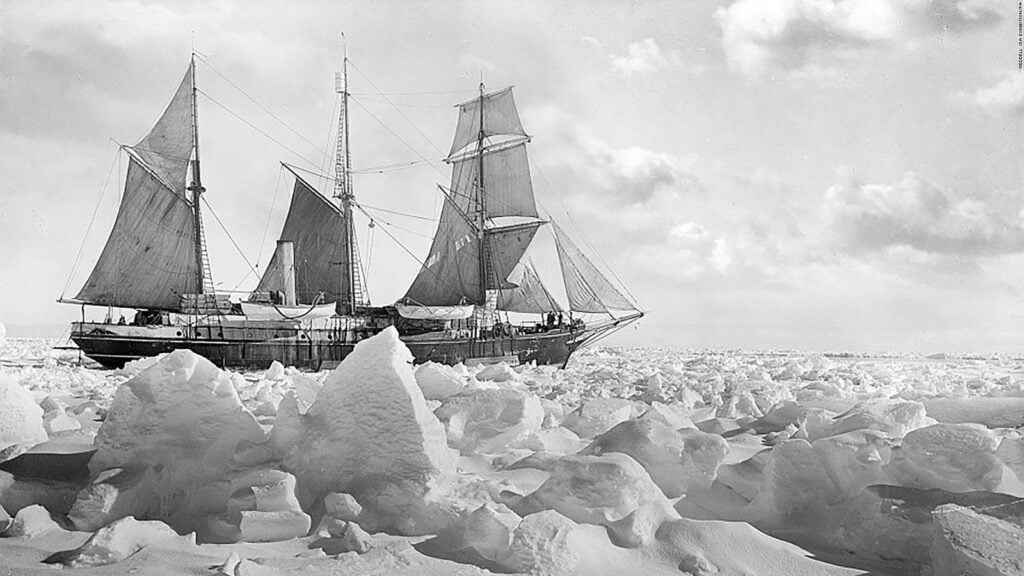Heavily determined to reach the Antarctic and erect a base in the Weddell Sea, explorer Ernest Henry Shackleton and his crew of 27 men ventured to Antarctica on December 5, 1914. After weeks of navigating in the ice pack, their ship got stuck in the ice, marking the beginning of their long-spanning hardships.
Led by Ernest Shackleton, the Shackleton expedition came to a quick stop as their ship, Endurance, sank after being trapped by the ice, making the whole crew wait more than 500 days before being rescued.
The Short-Lived Journey of the Endurance
Born on February 15, 1874, sir Ernest Henry Shackleton became one of the leading contributors during the Heroic Age of Antarctic Exploration. Explorer Ernest Henry Shackleton led the disaster-filled Trans-Antarctic Expedition after being motivated by his South Pole expedition. (Source: Biography)
On December 5, 1914, the Endurance vessel set sail from South Georgia to Antarctica. A total of 27 men, a stowaway that turned into the ship’s helper, 69 dogs, and a tomcat named Mrs. Chippy boarded the massive ship. The Trans-Antarctic Expedition carried on with a primary goal of setting a base when they’ve reached the coast of Antarctica’s Weddell Sea.
Only days into the risk-filled venture, the Endurance encountered the pack ice, a barrier abundant with large sea ice surrounding the Antarctic continent. For numerous weeks, the sea vessel attempted to make its way through the ice, but on January 18, their expedition halted as the ship became stuck in ice. With that, the crew soon camped on the floating ice, leading them gradually further away from their destination as the ice drifted. Soon, the Endurance sank, swallowed by ice.
The ship can’t live in this, Skipper. It may be a few months, and it may be only a question of weeks or even days, but what the ice gets, the ice keeps.
Ernest Shackleton
(Source: History)
The Long-Awaited Rescue
With half of the crew either seasick or infected with dysentery, the party finally stepped on land after 497 days, reaching Elephant Island on April 15. Since there was an extremely low possibility of people encountering the island, a short group of people decided to evade and call for help. After nine days of preparation, Shackleton, captain Frank Worsley, and four other men embarked on the James Caird, a lifeboat, to seek aid more than 1,000 kilometers away.
After 16 long days of dangerous sailing and 36 hours of hiking, the men finally arrived at the station in Stromness, South Georgia. They achieved the goal of seeking help, speaking to Thoralf Sørlle, the station manager. They immediately shifted their focus to rescue the 22 men left to be inhabitants in Elephant Island.
The first attempt of Shackleton proved to be a flop as it lacked fuel to maneuver around the ice pack, returning to the Falkland Islands. The second attempt, which used a vessel offered by the Uruguay government, achieved more as it reached 100 miles from Elephant Island until it evaded and returned due to the ice.
The third attempt became victorious, using the Yelco ship from Chile. On August 30, 1916, Shackleton finally reached and saved his men from the isolation in Elephant Island, 128 days after the departure of the James Caird lifeboat. Miraculously, all men survived the disaster-ridden journey. (Source: History)
